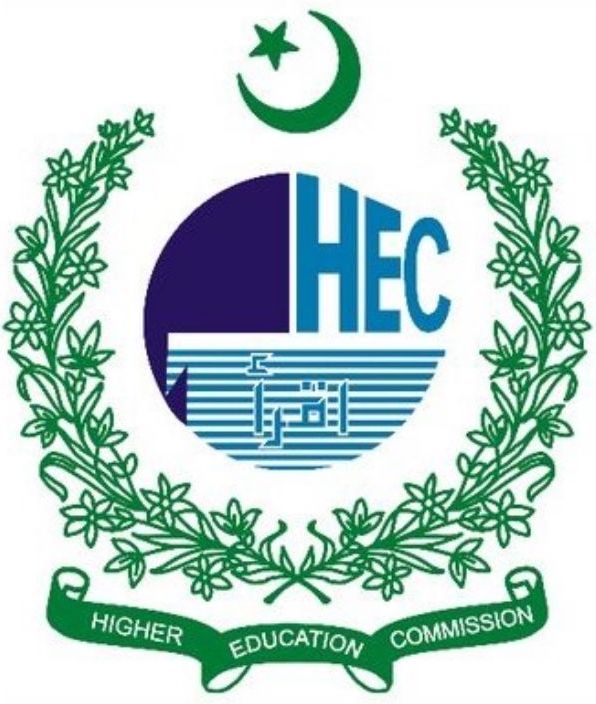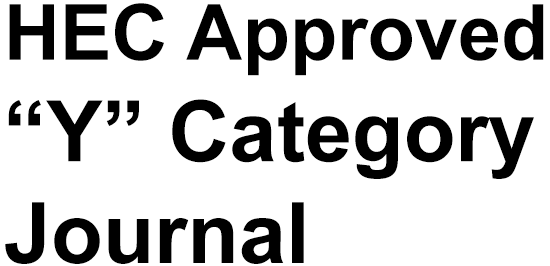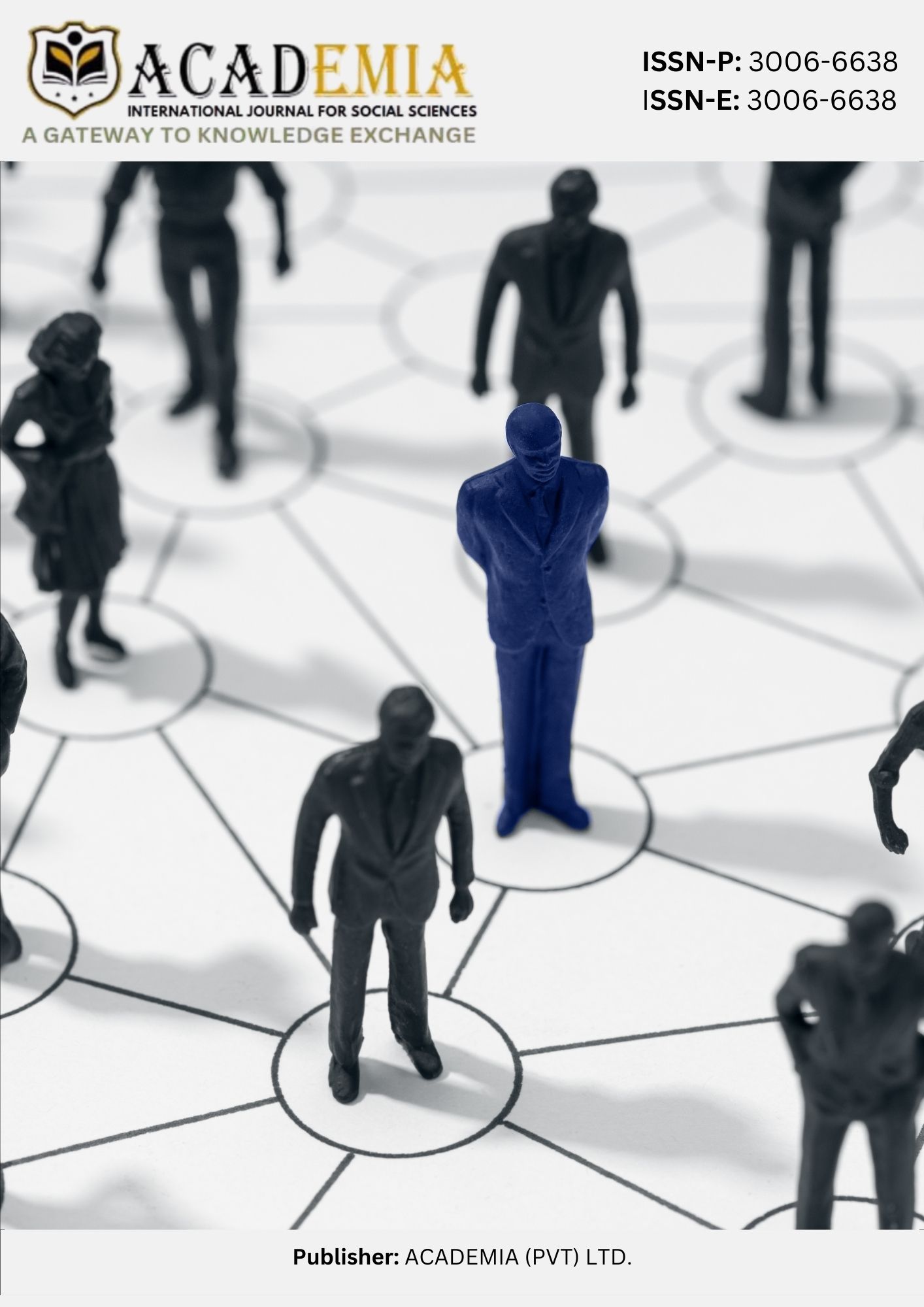Relationship of Spatial Scaling at Distance and Resilience in STEM Education at Secondary Level
DOI:
https://doi.org/10.63056/ACAD.004.03.0522Keywords:
Spatial Scaling, , Spatial thinking, Resilience, Quantitative, Distance, STEMAbstract
Spatial scaling is the ability to understand and manipulate the size and dimension in spatial representations and is considered as one of imperative skills to excel in STEM fields. This study explores how secondary students' proficiency in spatial scaling influences their academic resilience, which is the capacity to overcome challenges and helps them to maintain motivation in STEM subjects. The descriptive research design was used in which quantitative research method was followed. The participant of the study comprises of secondary and higher secondary students of science group were divided into two tiers primarily based on their spatial scaling scores. Spatial scaling was gauged online through a standardized research instrument and a short academic resilience scale in STEM was adapted, whereas 6-Point Likert Scale was used. Data analysis was done by using Pearson Correlation coefficient. Findings suggest a strong correlation between spatial scaling abilities and resilience, highlighting that students who excel in spatial tasks tend to exhibit greater perseverance and resilience in STEM education. This study signifies the integration of spatial thinking exercises to bolster resilience and overall performance in STEM subjects. It is recommended to foster spatial thinking development in curriculum to enhance educational outcomes and prepare students for future STEM careers
Downloads
Published
Issue
Section
License
Copyright (c) 2025 Sidra Khushnood Iftikhar, Attiya Rashid, Sunnam Kausar (Author)

This work is licensed under a Creative Commons Attribution 4.0 International License.















